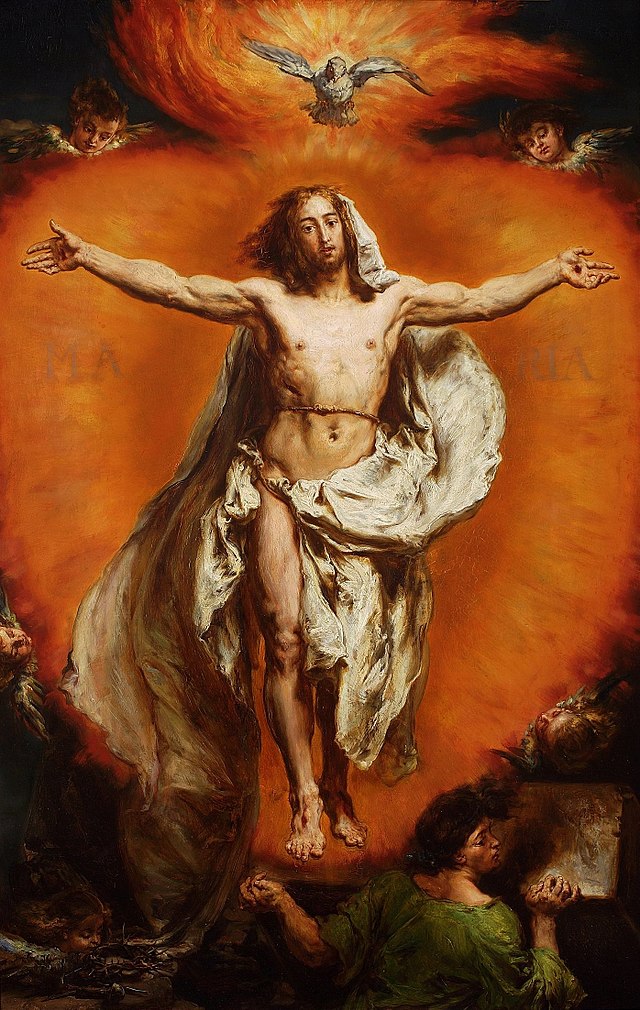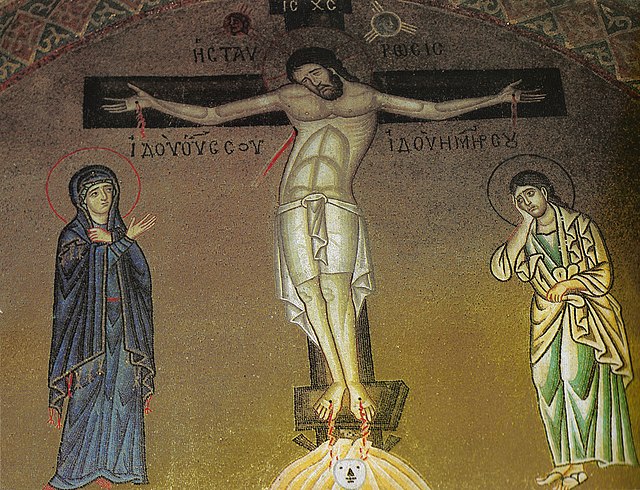INTRODUCTION
The Apostle Paul’s letters in the New Testament contain some of the most detailed reflections on the nature of the resurrected body in Christian theology. Paul introduces a fascinating concept of the resurrected body as ‘celestial flesh,’ a transformation that aligns with his belief in Jesus Christ’s resurrection and the future bodily resurrection of believers.
PAUL’S DICHOTOMY: EARTHLY VS. SPIRITUAL BODY
In 1 Corinthians 15, Paul presents a clear dichotomy between the earthly, ‘natural’ body and the resurrected, ‘spiritual’ body. The earthly body is susceptible to sin, decay, and death, while the spiritual body is incorruptible and immortal.
Paul uses the analogy of a seed to further explain this transformation. Just as a seed sown into the ground dies and is transformed into a completely different kind of body – a plant – so, too, does the natural body transform into a spiritual body in resurrection (1 Corinthians 15:36-38).
THE CONCEPT OF CELESTIAL FLESH
Paul expands on this concept by introducing the idea of celestial bodies, contrasting them with terrestrial bodies (1 Corinthians 15:40). The celestial bodies, according to Paul, possess a different kind of glory and splendor compared to earthly bodies. He does not elaborate explicitly on the nature of this celestial ‘flesh,’ but the implication is that it is a transformed, glorified state, fundamentally different from our current physical existence.
This celestial flesh isn’t ethereal or ghost-like, as some might imagine a spiritual body. Paul asserts the tangible, physical reality of the resurrected body, just as Jesus’ resurrected body was physical and tangible, as described in the Gospels.
CHRIST’S RESURRECTION: THE FIRSTFRUITS
Paul views Christ’s resurrection as the ‘first fruits’ of the believers’ resurrection (1 Corinthians 15:20). Christ’s resurrected body, in Paul’s understanding, is the prototype of the future resurrected bodies of believers.
By describing Jesus’ post-resurrection appearances and interactions – where he was seen, touched, and even ate food – the Gospels affirm the physical reality of Christ’s resurrected body. Yet, it was also a transformed body that transcended ordinary physical limitations, as seen in Jesus’ ability to appear and disappear at will (Luke 24:31,36). This gives us a glimpse into Paul’s conception of the resurrected body as celestial flesh: tangible and real, yet glorified and not bound by earthly limitations.
CONCLUSION
Paul’s understanding of the resurrected body as celestial flesh provides a profound perspective on Christian eschatological hope. It emphasizes the transformation and glorification of the believer’s body in the resurrection, aligning with the belief in Christ’s physical resurrection. This belief shapes Christian views on death, resurrection, and eternal life, infusing them with a hope rooted not just in the spiritual continuity of the soul, but also in the redeemed and transformed physicality of the resurrection body. Understanding Paul’s concept of celestial flesh helps to deepen our grasp of these core Christian beliefs and their implications for faith and practice.
DISCUSSION QUESTIONS
- How does Paul’s understanding of the resurrected body as ‘celestial flesh’ impact Christian perspectives on life, death, and afterlife? How does this differ from other religious or philosophical views on the afterlife?
- How does Paul’s metaphor of a seed being sown and transforming into a plant in 1 Corinthians 15:36-38 illuminate the concept of the resurrected body? In what ways does this metaphor resonate with or challenge your own understanding of life and transformation?
- How does the depiction of Jesus’ resurrected body in the Gospels support Paul’s conception of the resurrected body as celestial flesh? How might these Gospel accounts influence Christian beliefs about the nature of the resurrection body and its capabilities?
WANT TO KNOW MORE?
- “Raised with Christ: How the Resurrection Changes Everything” by Adrian Warnock – This book explores the critical yet often overlooked impact of Christ’s resurrection on Christian life and theology, including a thorough examination of the nature of the resurrected body.
- “Paul: Apostle of the Heart Set Free” by F.F. Bruce – This is a comprehensive examination of Paul’s life and teachings, providing deeper insights into his perspectives on resurrection and celestial flesh.
- “The Resurrection of the Son of God” by N.T. Wright – Wright delves deeply into the biblical and historical perspectives on resurrection, including a detailed examination of Paul’s letters.
- “The Naked Theologian” Podcast: Episode on ‘Celestial Flesh and Resurrected Bodies’ – A fascinating exploration of the concept of the resurrected body as celestial flesh according to Paul’s writings.
- Bible Project’s video on “Resurrection” – This informative video provides a broad overview of the concept of resurrection in the Bible, including Paul’s teachings.
If you would like to listen to a very good podcast on this subject, try this episode of the Naked Bible Podcast with Dr. Michael Heiser and (now) Dr. David David A. Burnett. https://nakedbiblepodcast.com/?s=celestial. Here also is a link to the paper: https://www.academia.edu/35685474/A_Neglected_Deuteronomic_Scriptural_Matrix_for_the_Nature_of_the_Resurrection_Body_in_1_Cor_15_39_42




